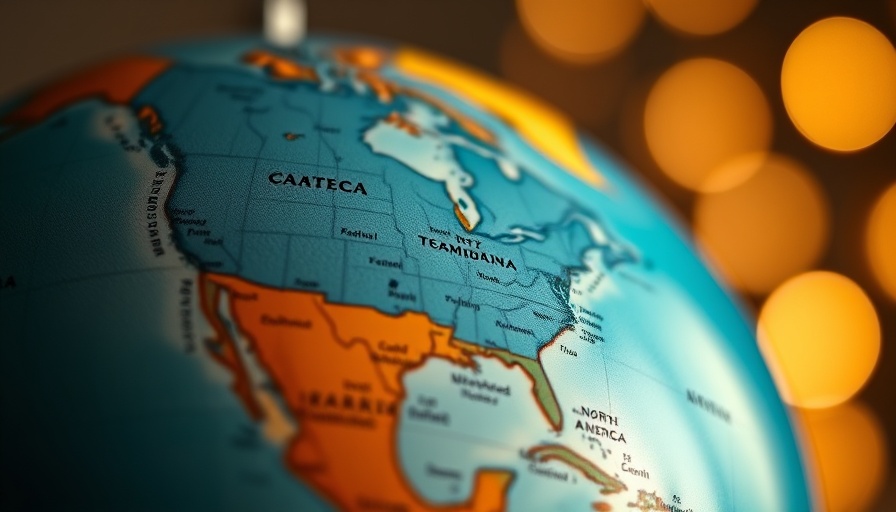
The Rising Costs of Food Imports: Understanding the Impact of Tariffs
With the August 1 deadline looming for increased tariffs on US goods imported from over 80 countries, the impending economic consequences are particularly relevant for small to medium-sized businesses and certified public accountants (CPAs). While much of the discussion surrounding tariffs has focused on the manufacturing sector, it’s clear that food imports will also face considerable challenges, resulting in increased costs for American consumers.
How Tariffs Function and Their Broader Economic Impact
Tariffs, essentially taxes imposed on imported goods, directly elevate the cost of these products for consumers. Unlike manufactured goods, where businesses might find alternatives, the food sector presents unique challenges. For example, while a soda manufacturer might opt for domestic aluminum to offset tariff costs, the same flexibility does not exist for products like bananas and coffee, which have limited domestic production capabilities.
In recent years, the United States has faced an influx of food imports, with approximately $221 billion in food products imported in 2024. Alarmingly, 74% of these are now subject to tariffs, which range from 10% to 30%. Consumer choices become limited as tariffs force the prices of various food products to rise, significantly impacting household budgets.
Exemptions and Their Influence on Food Prices
Understanding the exceptions to these tariffs is crucial. For example, all goods covered under the United States-Mexico-Canada Agreement (USMCA) are exempt from tariffs. This means that around 63% of agricultural imports from Canada and Mexico can be shipped to the US without added costs. Key exempted products include baked goods, liqueurs, spirits, vegetable oils, and beef. As tariffs escalate, the EU faces severe consequences, with potential tariffs on food imports reaching 15%.
Regional Impact: Who Gets Hit Hardest by Tariffs?
The global landscape of food imports is diverse, but Mexico, Canada, the EU, Brazil, and China account for more than 62% of US food imports. The implications of tariffs differ based on the country of origin and the product type. For instance, Brazilian coffee, prized for its distinct flavor, will see a tariff increase resulting in higher costs for consumers who are unwilling to switch to other coffee sources.
Future Trends: What Lies Ahead for Food Pricing?
As we venture into a new era of trade policies, the ripple effects of tariffs on food imports may spark more extensive conversations about agricultural sustainability and domestic production capabilities. There’s an ongoing debate about whether the US can bolster its agricultural sector to reduce reliance on imports amid increasing tariffs. However, this transition invites questions on feasibility, as terrain and climate variances factor into production potential and costs.
Practical Insights for Businesses and Consumers
For CPAs and small businesses, the key takeaway from the escalating tariff situation is to actively assess the financial implications of rising food prices on both budgeting and pricing strategies. Consumers are advised to remain informed about the products facing tariffs to make educated purchasing decisions. Awareness can empower businesses, encouraging them to explore local sourcing options where feasible and adapt to changing market conditions.
Understanding the full scope of how these tariffs influence food prices can help consumers and businesses alike prepare for the realities of inflation in the grocery aisle. Tariff strategies are not just policy decisions; they hold real economic consequences, demanding attention and proactive adjustment from all sectors.
The landscape of food pricing is rapidly changing, and it’s essential to stay informed and adaptable as these developments unfold. Realigning supply chains and reconsidering sourcing strategies may become necessary steps for many amidst the evolving economic environment.
Take Action: Stay Informed and Adapt
In times of economic shifts like tariff adjustments, don’t wait for crises to affect your purchasing power. Stay informed about the products facing tariffs and explore local alternatives when possible. By being proactive, you can cushion yourself against rising food costs and contribute to a more resilient local economy.
 Add Row
Add Row  Add
Add 




Write A Comment